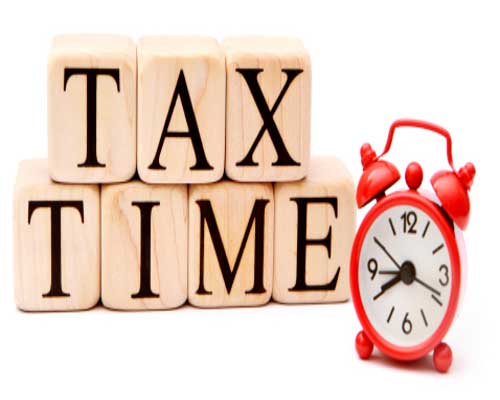
The earlier proposal of introducing taxation upon withdrawal (EET) instead of the existing tax free (EEE) status for certain instruments like PPF etc. had earlier been withdrawn in a revision. If that were to be implemented perhaps the tax slabs could have led to a dramatic saving for all the individuals in different tax brackets. So overall there have been adjustments all around to create a balance in accumulating government revenues from tax. The maximum tax saving to be had if the earlier proposal was implemented would have worked out to a super save of around Rs.2L, while currently this would only work out to around Rs.26,000 in a financial year for a woman earning a little above Rs.10 L.
The new DTC bill is likely to be passed in the parliament on Monday. What was initially proposed was so strikingly dynamic and was expected to introduce a sea change in the ways taxation took place in the country. However, what was finally proposed to be sent to the parliament has been edited in so many ways that it did not translate to much feel most salaried tax payers.
However, the Government has stressed that though in terms of savings there may not be a drastic change as proposed earlier, the New Direct Tax code will in several ways effectively replace the old tax system and offer a much more simpler format in the collection of taxes.
Also, the earlier proposal of introducing taxation upon withdrawal (EET) instead of the existing tax free (EEE) status for certain instruments like PPF etc. had earlier been withdrawn in a revision. If that were to be implemented perhaps the tax slabs could have led to a dramatic saving for all the individuals in different tax brackets. So overall there have been adjustments all around to create a balance in accumulating government revenues from tax.
Let’s take a quick look at how the salaried class will be affected post the implementation of the New Direct Tax code in its latest avatar.
New Direct Tax code Slabs
FOR MEN
2L -5L – 10%
5L – 10 L – 20%
Above 10L – 30%
Slab 1: Total income is lesser than Rs 2, 00,000/-
The income tax for the above slab is proposed to be nil. Earlier this was restricted to individuals earning below 1.6 Lakhs.
Slab 2: Income is between 2, 00,001/- and Rs 5, 00,000/-
The tax for the above slab is proposed to be 10 percent of the amount by which the total income exceeds 2, 00,000/-. Meaning, if your income is 4, 72,000/- then, the income tax would be 10% of (Rs 4, 72,000-Rs 2, 00,000/-). This brings cheer for individuals earning between 3-5 lakh as they straight away save 10% of any income that exceeds 3 lakhs but is lesser than 5 lakhs. Today they have to pay 20% on this amount! So if you are income is say Rs.4L, then your tax savings would roughly work out to Rs.7000 once the new DTC is implemented.
Slab 3: Income is between 5,00,001 and 10,00,000
The code proposes the income tax for this slab to be Rs 30,000/- (10% of 3,00,000/-) plus 20% of any amount above 5,00,001 but lesser than 10,00,000. So for instance if you are earning Rs.7L, your tax saving post New DTC will be roughly around Rs. 10,000 and if you are earning exactly Rs.10L, you can approximately save around Rs. 18,500 compared to the current tax outgo.
Slab 4: Income exceeds 10,00,000/-
The code proposes the income tax for this slab to be Rs. 1,30,000 plus 30% of any amount exceeding Rs 10,00,000/-.
The maximum tax saving to be had if the earlier proposal was implemented would have worked out to a super save of around Rs.2L, while currently this would only work out to around Rs.26,000 in a financial year for a woman earning a little above Rs.10 L.
Senior citizens and women will enjoy a higher exemption of up to 2.5 lakh. Currently the exemption limit is Rs.1.9L for women and Rs.2.4L for Senior Citizens.
Also, There will be no surcharge or cess on companies, thereby bringing the corporate tax rate to 30% from the current 34%. Also, this will be uniform across both foreign and domestic companies.